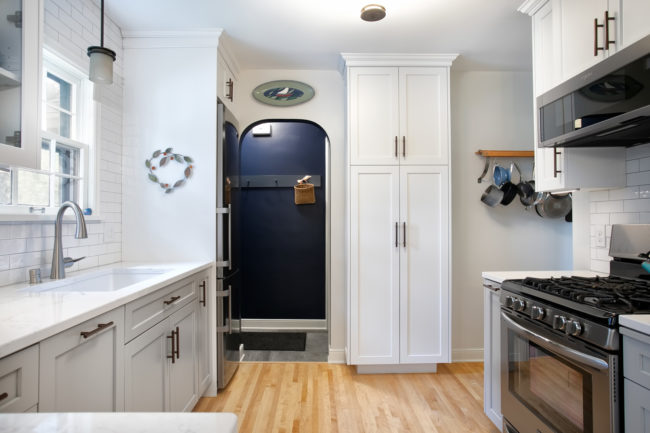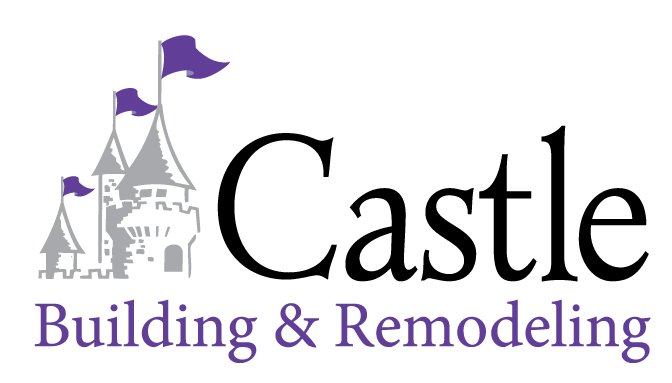Everything You Need to Know About Making Home Improvements

As a homeowner, you have the chance to make your forever home one of a kind. Making home improvements can be exciting, tedious, and at times, difficult to navigate. As long as you have a plan, stay organized, and trust the team who will be working on the home project, you’ll be set up for success.
Below are some things you’ll want to consider throughout the whole home improvement journey.
Decide the Size of the Project
To start, you’ll want to figure out how big of a project you want to take on. Some more grand projects to consider would be adding onto your home if you are looking to grow your family or want more space. As you brainstorm, you may think about remodeling your kitchen, updating an older bathroom, bedroom, and living space, or creating a finished basement and attic. Some smaller maintenance projects to consider could be tasks such as painting, getting new furniture, updating appliances, installing new windows, or sprucing up your home’s curb appeal – the projects are endless.
The size of the project will directly affect how long it’ll take for everything to be finished. Getting an idea of the timeline of your project can help you feel organized and on track when it comes to making future plans.
Once you have an idea of your project scope, you’ll be able to develop a wishlist of your wants and needs for your new space. This list will be a perfect starting point when chatting with your designers and contractors, once you choose which ones you want to work with.
Interview Multiple Service Providers
After you figure out what you are looking for, you’ll want to consider getting a variety of quotes from multiple vendors. Taking this extra step will help you become more familiar with the team you’ll be working with for the next few weeks or months.
During this time, you’ll want to look at contractors, interior and remodeling designers, and the suppliers’ previous work. This way, you can see if it meshes well with the style you’re envisioning.
Some questions you’ll also want to consider asking your project team could be:
- How dedicated are you and your team? How much time and energy do you put into your work? How long does it take your team to complete a project?
- What will the sound level be?
- What are your expectations for payments? What are your project estimates?
- How will you clean up at the end of each workday? Do we need to rent a dumpster?
- What steps will you take to protect my property?
- What do you expect the timeline of completion will be?
As you continue these conversations, you’ll also want to discuss various licensing, registrations, permits, approvals, and inspections that’ll be needed and expected throughout the home improvement process.
Figure Out Costs Associated with Projects
With any home improvement project comes a cost. Depending on the scale of the project, your costs and financial options can vary. You’ll want to keep in mind all the costs associated with home improvement projects so you can lay out your budget accordingly. Some costs to keep in mind would be the cost of designers and contractors, supplies, appliances, installations, rentals, removals, and repairs.
Since you’ve spoken with different contractors and interior designers at this point in the process, you’ve most likely received estimates and plans. From here, you can then develop a financial plan to keep your finances on track.
If you’re taking on smaller updates throughout your home, you can compare using cash upfront with a credit card. For medium to larger projects that are more cosmetic than structural, you might look into a personal line of credit or personal loan and learn about how both could support your payments. For larger-scale projects such as changing the layout and structure of your home, adding on a master bedroom, or expanding your main living area, it may be worth investigating a second mortgage or a HELOC. As always, speak with your bank and contractors to see what options will work best for you and your projects.
Also, don’t forget to make sure you leave extra room in your budget. There’s always a chance that something unexpected could happen so leaving room to take on those extra instances.
Prepare for Unexpected Situations
Throughout your home remodel, keep in mind that there may be some unexpected issues that could arise. Some examples you may want to be prepared for could include delayed product shipping, natural disasters which could affect the project timeline, and low staffing issues. Bigger situations such as discovering water and mold damage, or finding foundational issues, could make the costs of your home upgrades go up. If these damages are found, the project may also be prolonged.
Keeping all of this in mind is a good way to keep yourself grounded if a situation occurs. To ease stress and uncertainty, speak with your contractors and designers about a game plan for when delays occur. If money ends up being tight, consider holding off on some of the more luxurious items and focus on more practical needs until the time is right.
Look into Warranties
As you make updates and improvements throughout your home, you’ll want to consider investing in or changing your home warranty policy. A home warranty will protect you from any appliances, HVAC system, plumbing, and electrical issues that could happen around your home. Warranties can alleviate extra costs you may have to make when repairing items around your home.
Plan to Purchase Sustainable and High-Quality Products
As you make updates, think long-term. Make sure you are investing your money into high-rated and high-quality items. Look at reviews, get quotes, and speak to multiple retailers to weigh your options. Research is a key component to ensure you are making a smart decision when purchasing products that will last throughout the years. It’s important when making such big changes to your home that you invest in items that have good longevity.
If you are upgrading appliances around your home, make sure you invest in energy-efficient products. Not only are they better for the environment, but they will also be better for your wallet in the long run. Replacing your inefficient items is a great way to ensure you aren’t throwing away unnecessary money and using more home energy than needed.
You’re Ready to Start!
Now that you have all these aspects in mind, you’re ready to get moving on your home improvement project. Keeping all of this in mind while you begin your home remodeling journey, will allow you to feel confident, stress-free, and reassured knowing you did everything you could to prepare.
